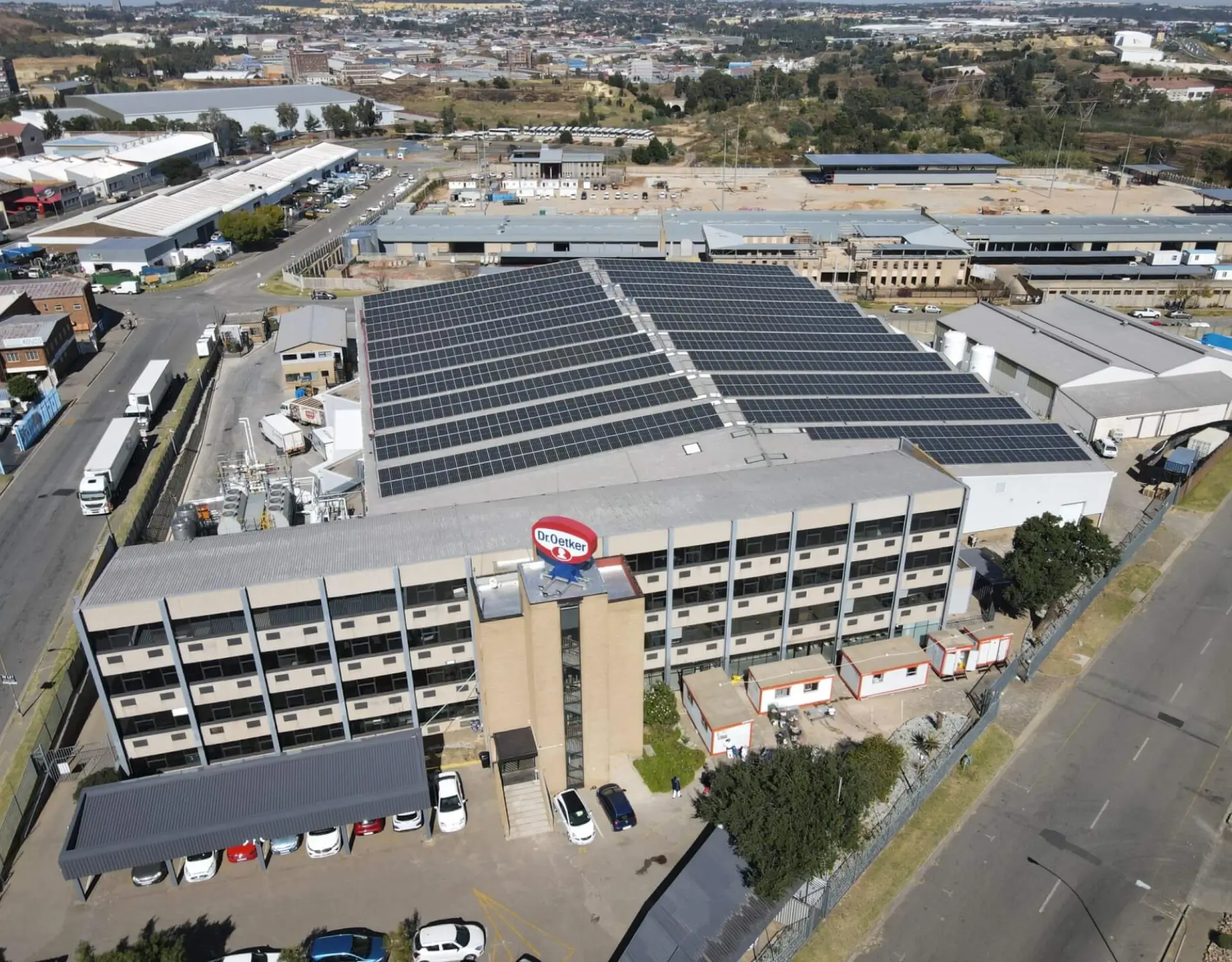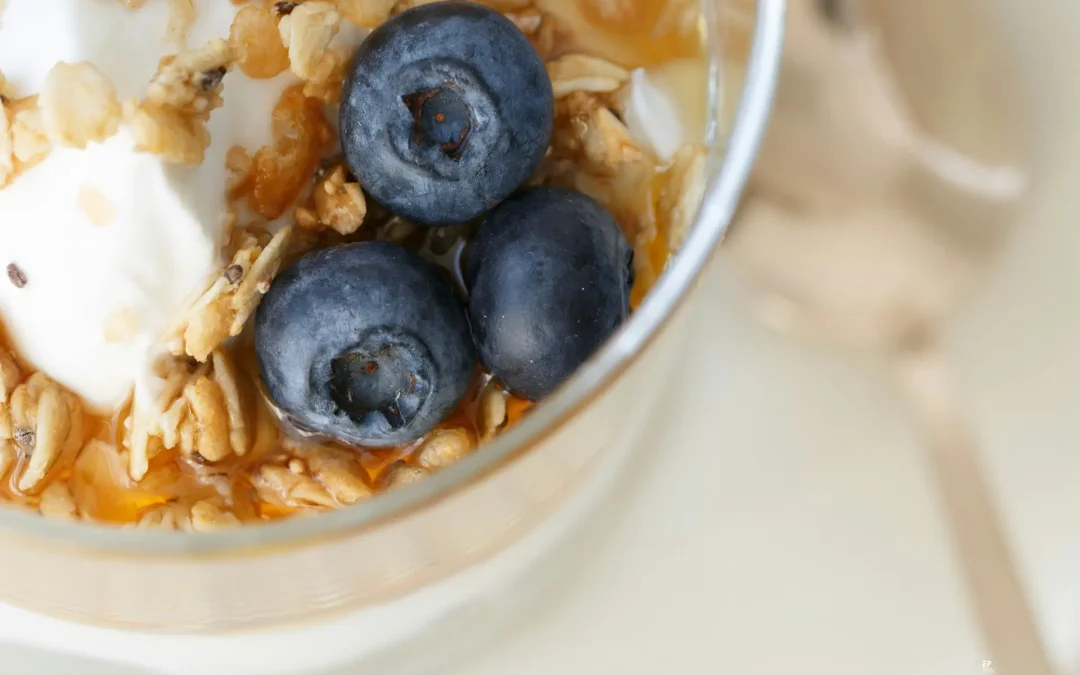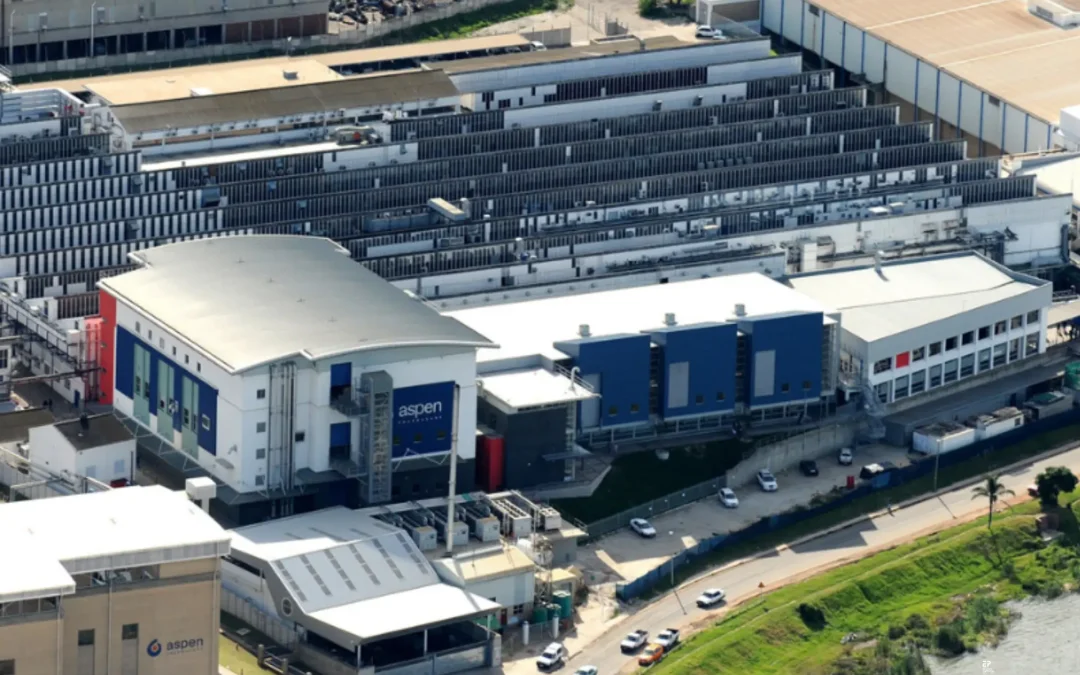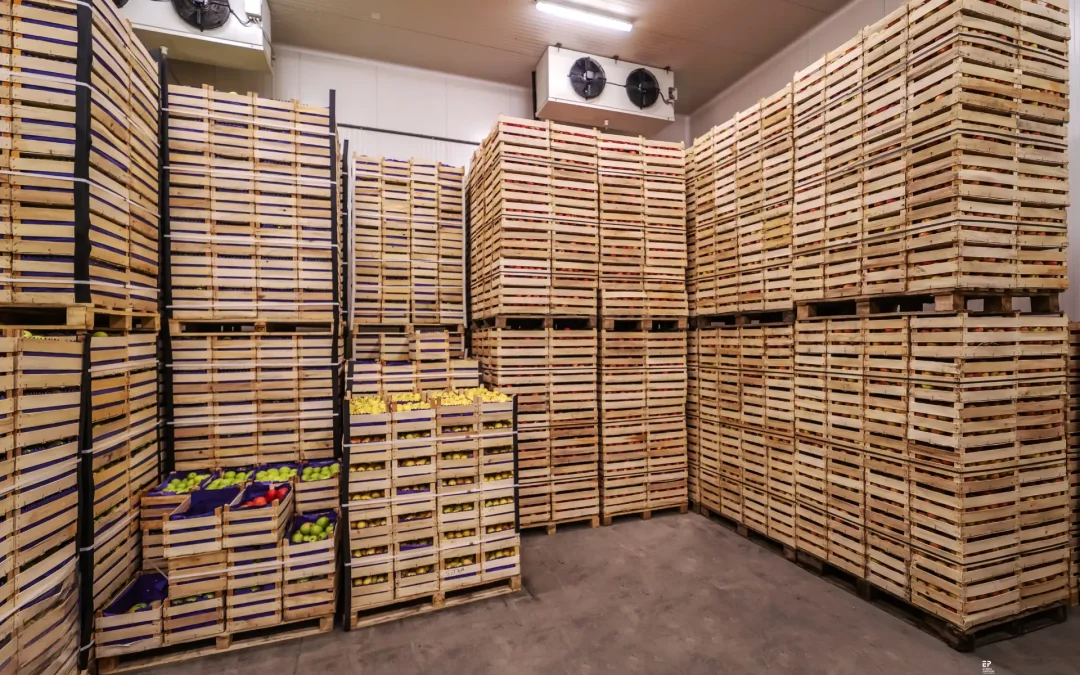Even before the COVID-19 pandemic began driving businesses towards becoming more efficient, many global companies with complex refrigeration requirements identified the huge long term cost-cutting and environmental benefits that cooling as a service (CaaS) could offer. It is therefore little wonder that when establishing its new factory in Johannesburg, South Africa, global brand Dr. Oetker opted to include the CaaS model into its operations.
What is more interesting to note, however, is why the international food producer chose a local service provider to provide cooling to its exacting standards.
As one of the first companies to develop and offer a CaaS model, Energy Partners (EP) Refrigeration was identified as Dr. Oetker’s service provider of choice. Dawie Kriel, Head of Business Development at EP Refrigeration – a division of Energy Partners and part of the PSG group of companies – explains that Dr. Oetker had a number of very specific requirements, which could only be met by a handful of companies that specialise in industrial refrigeration services.
“As recently as five years ago, we were hard-pressed to find other service providers in the world that offered an equivalent CaaS product. Since first developing our CaaS model, EP Refrigeration has strived to continuously refine the product, and today it is one of the world’s most progressive refrigeration solutions” says Kriel.
Under a CaaS contract, a company outsources all its cooling functions to a dedicated service provider, which owns and operates the system and monitors its performance in real time to ensure that cooling is accurate and efficient. Both scheduled and reactive maintenance is handled by the service provider as well.
“The vast majority of successful production and manufacturing companies today understand that they will achieve better outcomes when their skilled staff are focused on producing exceptional, safe and competitive products. They also realised that using their own resources to monitor the quality and efficiency of their cooling operations, comes at a high cost to the core focus of their business.
“The skills required to achieve long-term, low-cost cooling are scarce, and they may not be able to remain at the forefront of development in this area if they attempt to do it in-house. Outsourcing this to an experienced service provider is much more effective.”
In terms of Dr. Oetker’s needs, Kriel says that optimum efficiency and accurate measurement of the refrigeration system’s performance were at the top of the list. “Being able to precisely measure a system’s performance is actually extremely difficult to do in a cost-effective manner. We have personally seen instances where clients’ cooling systems were wasting huge amounts of energy, without them even being aware of this due to the lack of measurements. This is why one of the first things we did was to develop our own measuring tools.”
Being environmentally responsible is one of the Dr. Oetker’s focus areas and therefore, achieving the lowest possible CO2 emissions was a key part of the design process. “We installed a system that uses ammonia, a natural refrigerant, as its coolant. It is the most efficient refrigeration gas available today and has a zero global warming potential (GWP). As a result, in comparison to a conventional synthetic refrigerant plant, Dr Oetker’s factory is around 20% more energy efficient and will save an estimated 18 000 tons of CO2 emissions over its lifetime.”
On the issue of refrigerant leaks, Kriel highlights another key benefit. “Synthetic refrigerant leaks are nearly impossible to detect until the system has lost almost half of its load. Ammonia leaks, on the other hand, can be detected almost immediately, which drastically cuts emergency maintenance costs.”
Kriel delves into the details of the cooling solution installed at Dr. Oetker’s Johannesburg factory. “The Dr. Oetker factory required three temperature regimes; climate control of the production areas, chilling of the raw ingredients and quick freezing of the final product. We were able to deliver this with our state-of-the- art, three-stage Ammonia System. The system provides chilled water, glycol at -5⁰C, and direct pumped ammonia at -35⁰C throughout the plant.”
He adds that the system was designed to achieve additional energy efficiency through heat recovery as well. “The heat that is produced as a by-product of the system’s operation, is captured and used elsewhere in the factory. This further reduces the client’s electricity costs.”
With Dr. Oetker having now committed to a 15-year CaaS contract with EP Refrigeration, Kriel says that the company’s real saving will be in the ongoing maintenance of the plant’s efficiency for the next one-and-a-half decades. “We can effectively guarantee the cost of production through our fixed rate for cooling. This kind of world-class system ultimately allows Dr. Oetker to safely manufacture its high-quality food products, while maintaining an extremely low carbon footprint,” he concludes.





